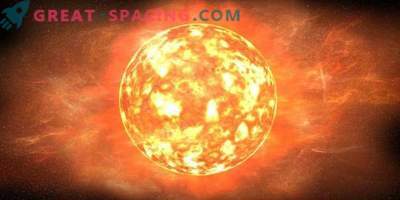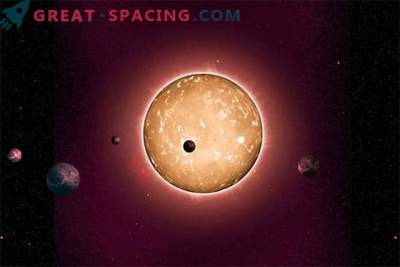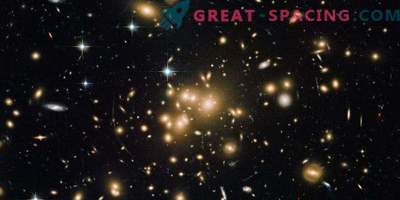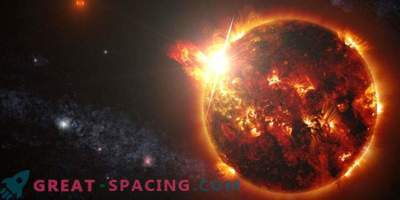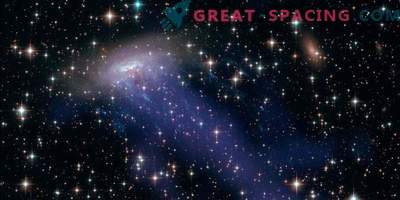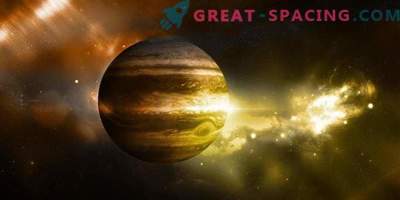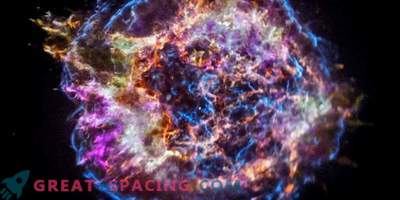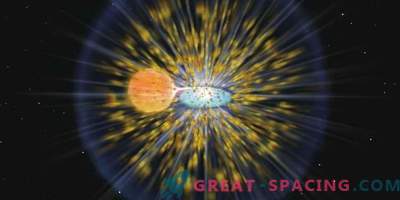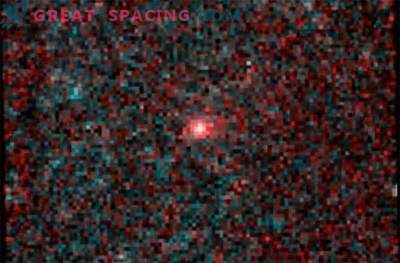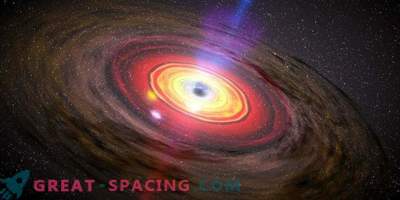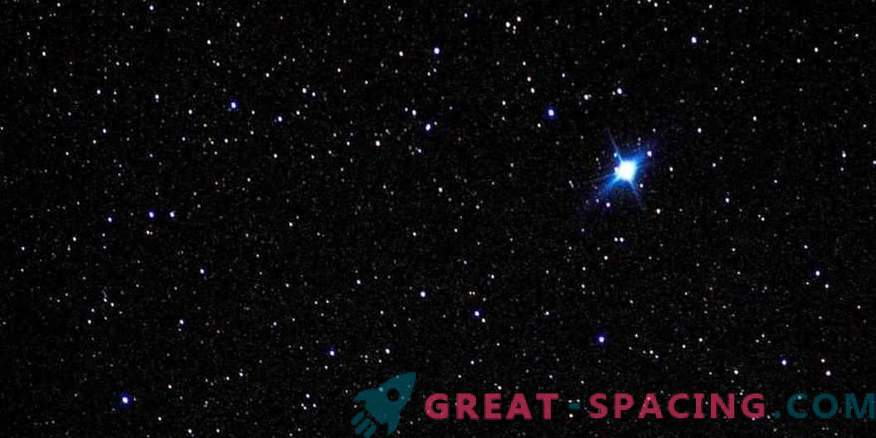
Astronomers may have managed to discover the most ancient star in the universe. This body is almost entirely composed only of elements released by the Big Bang. The star is 13.5 billion years old and hints at a star with an extremely low mass and low metal content. Before us can be one of the first stars of the universe.
The star seems unusual because it belongs to the “thin disk” part of the Milky Way - the region of the galaxy where the Sun lives. The star is old, so there was a suspicion that this galactic region is at least 3 billion years older than previously thought.
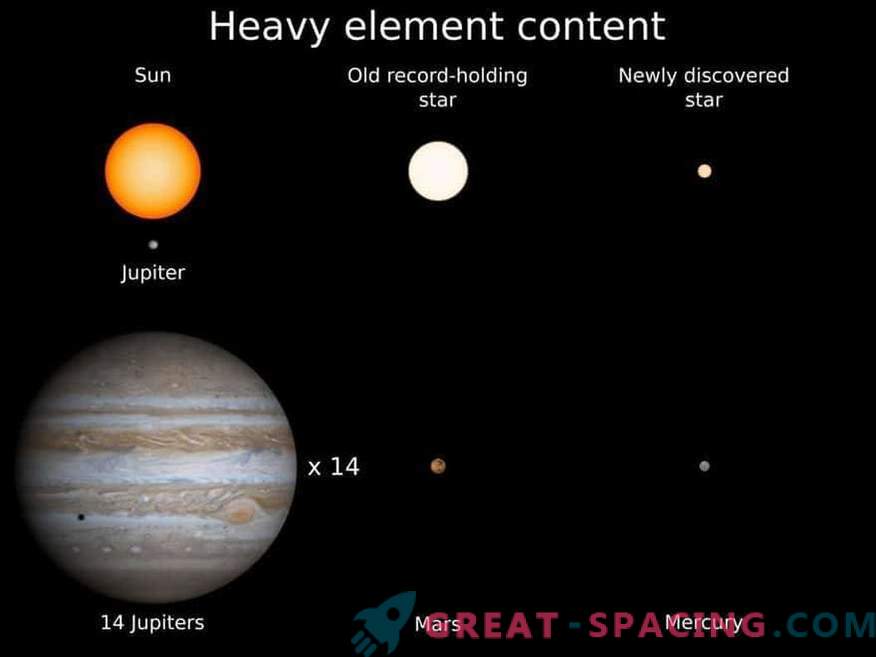
Nakhodka reaches only 14% of the solar mass and is considered the new record holder of the star with the smallest volume of heavy elements. The composition of the latter reminds Mercury - the smallest planet of the solar system
It is assumed that the first stars after the Big Bang should consist entirely of hydrogen, helium and a small amount of lithium. Then they created heavier elements than helium in the nuclei, and released them into space during the explosion of supernovae. The next generation of stars came from clouds of material covered with new metals.
The extremely low metallicity of the find suggests that in a cosmic family tree it can be only one generation remote from the Big Bang. Interestingly, in terms of the number of heavy elements, the star resembles Mercury. But the Sun appeared after thousands of generations along this line, therefore its content of heavy elements is equal to 14 Mercury. Scientists have found about 30 ancient ultra-metallic poor stars with solar masses. However, the new instance reaches only 14% of the mass of the Sun. The star enters a dual system where objects rotate around a common point. The team noticed a tiny and weak second star. The composition of the primary star was revealed after studying the high-resolution optical spectrum of its light. The presence or absence of dark lines in the spectrum helps to find carbon, oxygen, hydrogen, iron, etc. In addition, astronomers have identified unusual behavior in the stellar system, which hinted at the existence of a neutron star or a black hole. However, it was possible to notice only a smaller stellar neighbor.
The mass of the companion was determined by studying the vibrations of the primary star. In the 1990s. Researchers believed that at the earliest stages of the Universe’s development, only large stars could form that could never be observed because they had consumed fuel and were quickly dying.
Over the years, however, astronomical simulations became more advanced and began to hint that in certain situations the star of that time period with a particularly low mass can exist even 13 billion years after the Big Bang. The found star was named 2MASS J18082002-5104378.
